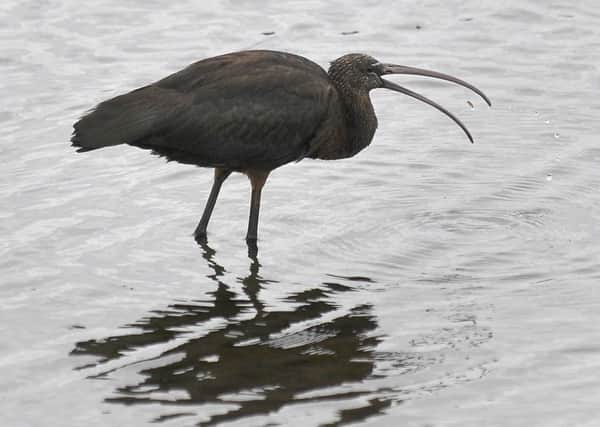Northumberland, Bird Club


As chairman of Teesside Bird Club, Brian is an authority on birds. His daughter has travelled extensively through Australia, and this has had huge birding benefits for Brian, who has made four visits.
After a summary of its administrative and geographical make-up, Brian started with Victoria, where he sought birds around Melbourne, visiting the Yarrow River, Phillip Island, Victoria Park and Apollo Bay.
Advertisement
Hide AdAdvertisement
Hide AdHe presented superb photographs of birds, such as purple gallinule, rainbow lorikeet, parrots, and the crested pigeon, which resembled a radio-controlled bird.
At an amusement park near St Kilda, where he noted rainbow lorikeets and little wattlebirds, he was amazed when a penguin walked between his legs. These birds are usually seen on Philip Island.
At Apollo Bay, the southernmost part of Australia, the sea was very rough, but Australian gannet, black oystercatcher and hooded plover were three of many sightings.
Eastern grey kangaroos are numerous. Koalas are stripping the Eucalyptus trees, which raises questions about control, and he saw swamp wallaby and the laughing kookaburra, which is allegedly partial to barbecued steak.
Advertisement
Hide AdAdvertisement
Hide AdA trip to Phillip Island, with its fur seal colony, provided the opportunity to see penguins, as well as pelicans that are partial to fish and chips. Brian also had a close encounter with a copperhead snake, the second most venomous snake in the country.
His next holiday was to Western Australia, around Kununurra. The local sewage farm hosted diverse bird species. There is also a sanctuary for joeys whose parents have been killed on the highway.
Despite being arid, colourful wildlife abounded, such as crimson finches and red-winged parrots.
Lake Argyle, one of the largest inland lakes, is home to freshwater crocodiles, known as ‘freshies’, which are not dangerous, unlike the golden orb spiders. Elephant Rock is home to flying foxes and birds of prey, which are attracted by frequent bush fires.
Advertisement
Hide AdAdvertisement
Hide AdNext stop was Broome, where ‘salties’ were a big problem. These dangerous saltwater crocodiles can close shopping precincts, or even the airport, when they call in. Brian found the Broome Bird Observatory one of the best sites in the world for waders.
In 2016 Brian’s visited Queensland. Near Cairns, where mudflats provided a superb habitat for waders, conservationists were at loggerheads with the mayor’s office, which persisted in sand dumping to attract bathers. This will destroy the habitat of the rare mangrove robin.
A trip to the Barrier Reef followed, with snorkelling and birding. Bridled tern and sooty tern were seen.
Yungaburra seemed stuck in the 1950s, but the grassland was a haven for birds of prey, such as brown falcon and black shouldered kite. A night hike allowed sightings of grass owl and lesser sooty owl.
Advertisement
Hide AdAdvertisement
Hide AdBrian visited the Atherton Tableland, Granite Gorge and Mount Lewis, and enjoyed a river cruise. These habitats offered a diversity of birds and other wildlife. Here was noted the later breeding cycle of the buff-breasted paradise-kingfisher, thought to be due to climate change.
Brian’s talk presented excellent photographs and a wealth of information, which delighted the audience. He was warmly thanked by the chairman.
Our next meeting in Bamburgh Cricket Pavilion, a change to the advertised talk, is on February 9, at 7.30pm, when Tim Mason will give an illustrated talk on The Wildlife Of The Falklands.